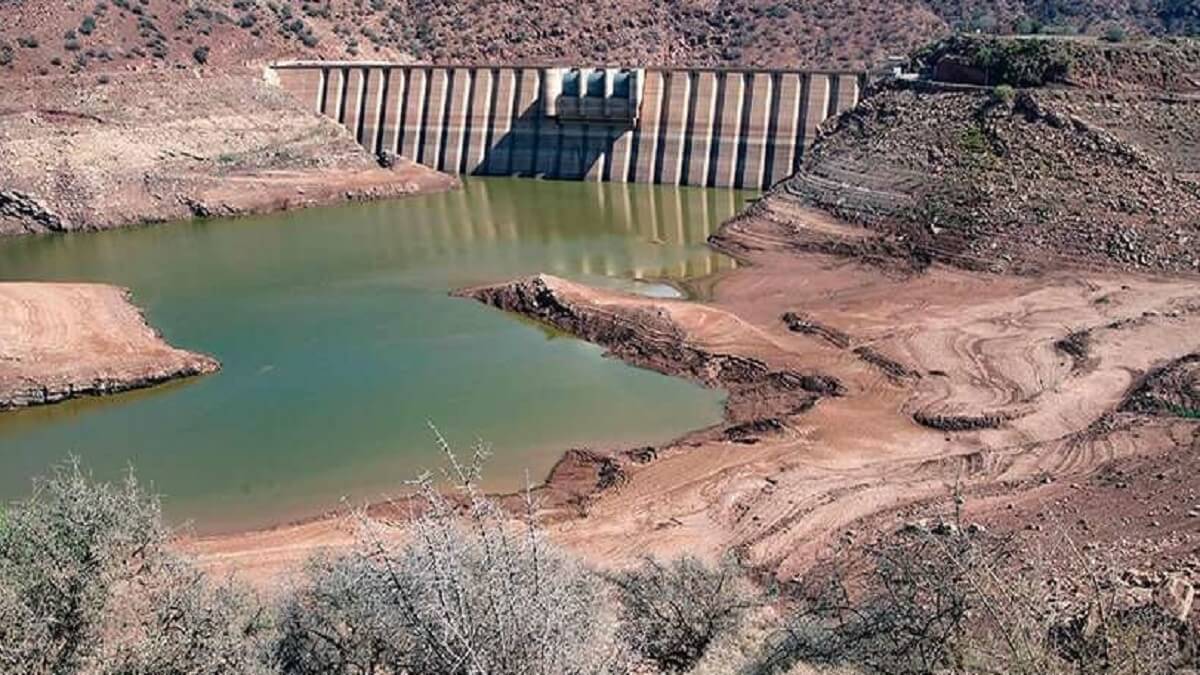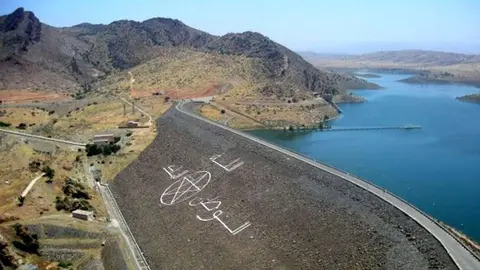Progress in filling Morocco's water reservoirs

The Moroccan Ministry of Equipment and Water has published data on the filling of water reservoirs in the North African country, which stands at 30.7% of a total capacity of 4.94 billion cubic metres.
The data are from the beginning of April and show a realistic picture of the current state of Moroccan reservoirs.
Uneven state
The state of the various basins is uneven because growth has been greater in some dams than in others, depending on their location on the Moroccan map. This growth in the water filling of these reservoirs has come about thanks to the latest rainfall and an important water resource management policy on the part of the Moroccan State.
It should be noted that several Moroccan water reservoirs are at 100% capacity. Several dams are at maximum capacity, such as El Nahla, Chefchaouen, Cherif Al Idrissi, Oued Zaa, Bouhouda and Sidi Idriss.
In addition, five other dams have exceeded 90% of their total capacity, including Dkhila, Ait Messaoud, Allal Al Fassi, Moulay Hassan Ben Mehdi and M'Siroum.
The Yaacoub Al Mansour, Abou Al Abbas Al Sebti and Sidi Saeed Maachou basins are at 86.2, 78 and 66% respectively.
Meanwhile, other dams are at half capacity, such as Sidi El Shahid, Bab Louta, Michelifen, Timinoutine and Sidi Mohamed Ben Slimane Jazouli, each at 50%.
The ministerial data further breaks down filling rates by basin, revealing variations between regions. The Loukkos basin leads with a filling rate of 60.5%, followed by Tensift with 56.7%. However, other basins show lower rates, such as Moulouya (24.7%), Sebou (46.7%) and Oued Rheraïa-Chaouia (27.7%).
Some basins have low rates, such as Oum Er-Rbia, Souss-Massa, Draa-Wad Noun and Ksob-Ziz-Guerriss.

Recent rains and water management policy
The recent rains in the north of Morocco have provided a respite and have allowed the reservoirs in areas such as Tangier and Chefchaouen to grow exponentially. The south of the Moroccan kingdom had less rainfall and this has influenced the current greater inequality of national water reserves.
The Moroccan government's water management policy has also helped. Faced with recent shortages due to the effects of climate change and the lack of rainfall, the government has been concerned about the lack of water for everyday life and for agricultural activity, a sector that accounts for a significant share of Morocco's Gross Domestic Product (GDP).
In recent months, the Moroccan government has also been implementing a more intense water management policy in order to make the most of water resources, and has also taken initiatives aimed at increasing water reserves.

One of these initiatives is a greater boom in the desalination sector to harness seawater. It should be recalled here that a desalination plant or desalination plant is a facility that converts salt water from the sea (or brackish water) into water suitable for human consumption, as well as for industrial and irrigation uses, making it possible to use seawater as a water resource.
Another important initiative is the water highways, which link different basins in order to favour those with a lower percentage of filling in order to help improve water supply in areas with fewer resources, such as the south of Morocco.










